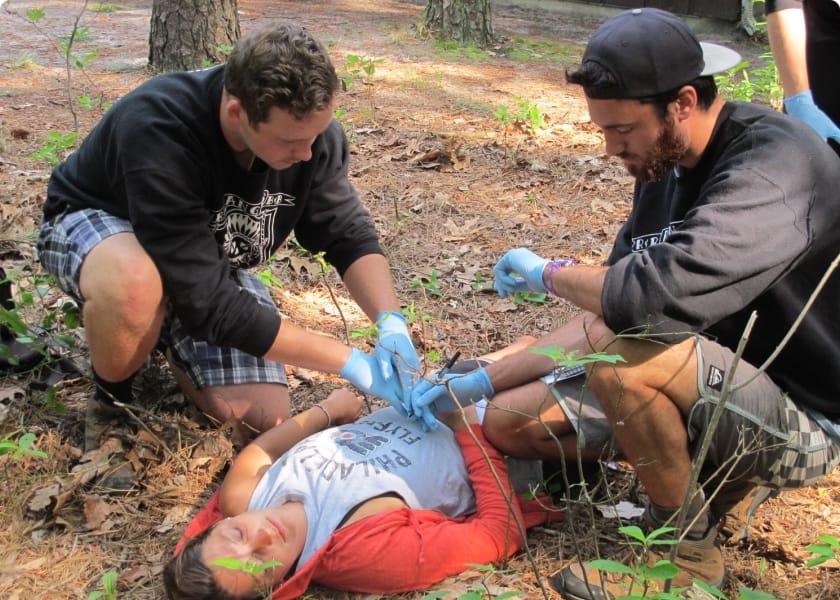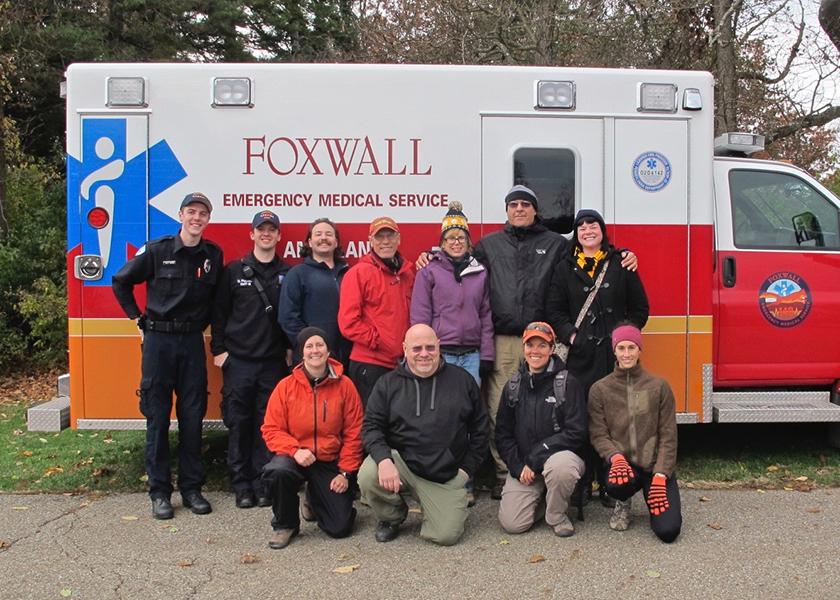Maybe it's time you learned to explore with confidence.
Explore Courses
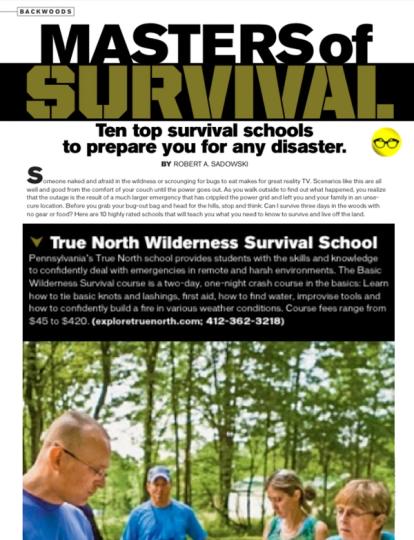

We provide you the skills and knowledge to stay safe, help others, and lead effectively so you can achieve your goals.
True North is consistently ranked as one of the top outdoor skills training programs in the United States. We've been featured in Backpacker, Associated Press, CNN, and many other national and international media publications.
The heart of our program is survival, wilderness medicine, and land navigation courses that are open to folks of all backgrounds and skill levels. We work with hikers, youth group leaders, and rock climbers as well as healthcare providers, emergency responders, and members of elite military SOF units. Clients from across the country travel to train with us.
Many of our courses are available for private instruction, either as an individual or an organization, and they can be customized to fit your goals and needs. True North is also available for workshops and lectures.
Based in Pittsburgh, True North conducts its programs and courses on a mix of state, county, and private lands, all around Pennsylvania and the Northeast.
Training Courses
We offer a wide range of introductory and advanced courses in survival, land navigation, and wilderness medicine, as well as specific trainings for members of the U.S. military.

Why Choose Us?
True North has been consistently ranked as one of the top wilderness training programs in the country due to our unique expertise and commitment to client success that we bring to every course. We provide small class sizes, hands-on learning, skilled and passionate instructors, and courses for explorers at every level of experience.
Skilled Instructors
Our instructors combine significant time in the outdoors with years of experience acquired in the military, EMS, and law enforcement. We have worked with hikers, youth groups, SAR teams, and members of the U.S. special operations community.
Hands-on Learning
We believe the best way to learn and retain knowledge is to develop the skills through hands-on training and application. This is especially true in emergency situations, where training provides calm and focus.
No Experience Required
We provide wilderness survival, land navigation, and first-aid training for explorers of all experience levels -- from novice to professional responder to military. Everyone can acquire the skills and mindset needed to be confident in the outdoors.
Small Class Size
Our small class sizes enable us to focus on each individual client and ensure that they receive the instruction they need to both understand and retain the knowledge provided, ensuring that they will be able to access and harness these skills in the future.
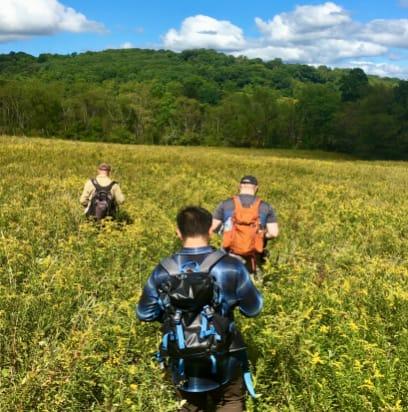
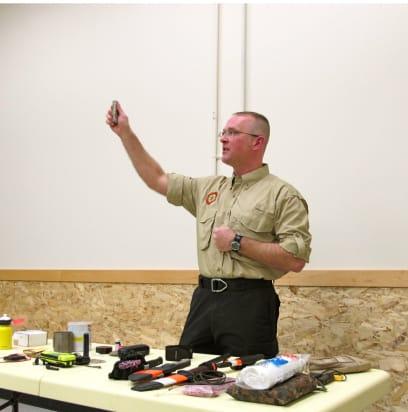


Who do we teach?
We provide survival, medical, and land navigation training to a diverse mix of individuals and organizations from all across the country so that they can explore, lead, and respond with confidence.

Individuals
Whether you’re an outdoor enthusiast, experienced adventurer, or professional looking to further hone your skills, we have a program suited to your needs.
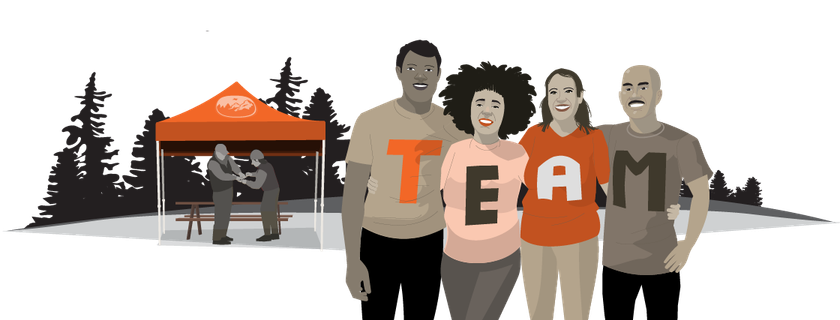
Organizations
Outdoor skills training provides an excellent opportunity for team building and leadership development for your organization.

U.S. Military
Our Mil-Nav Program is specifically designed to meet the land navigation needs of military units and service personnel.

Some of our outdoor customers
True North works with a diverse mix of clients, including individuals, organizations, educational institutions, members of the military, and professional emergency responders, such as EMS, search-and-rescue, and law enforcement.
Hear what clients have to say about their experience.
Erik is excellent and his methods of teaching are spot on. He is VERY knowledgable and you will be in excellent care when taking this course.

The course absolutely met my expectations and needs. I feel significantly more confident after working with you guys. I will certainly be back to train with you again in the future.

I really appreciate your dedication to establishing the basics, no matter how complex, through your obvious broad knowledge base peppered with fun facts.

I had such a wonderful experience this weekend while taking the wilderness survival course. Taking a class like this really changes my view of my world and surroundings.

Never have I seen a man so passionate as myself in his desire to provide top-notch training and outstanding wilderness experiences to youth and adults.

I have completed several of Erik’s field courses, and thoroughly enjoyed the hands-on learning to complete a task. Best of all, Erik clearly loves teaching, and works with a big smile!



Ready for an Adventure
The great outdoors awaits you and your goals. Gain the skills and knowledge that you need to explore with confidence.




